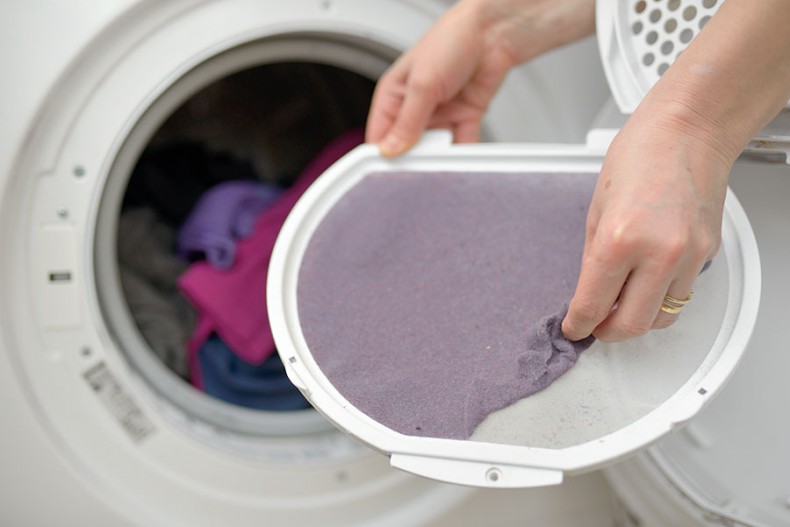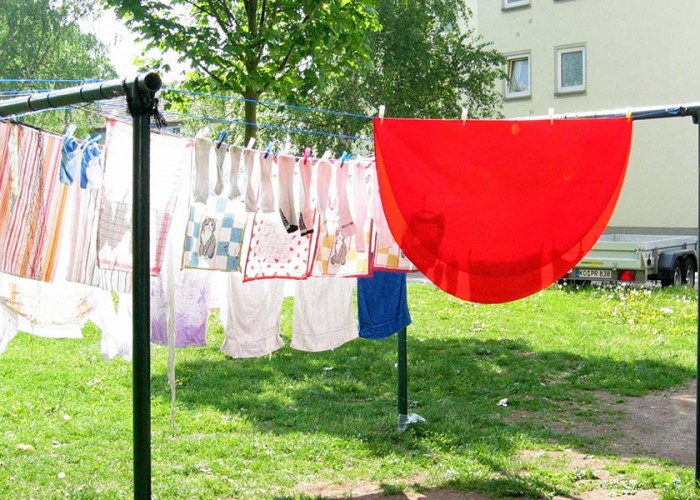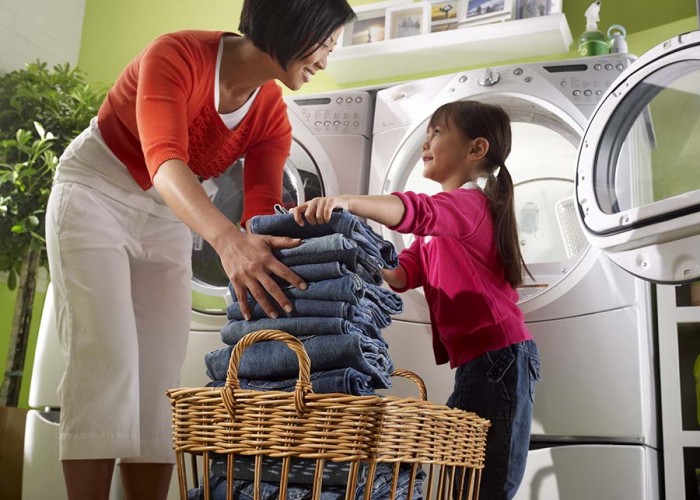Clothes Dryers: Use Only as Intended
Venting dryers indoors is no longer considered a safe option
By Hannah McKenzie
Q: Carolina Country ran an On the House article in November 2011 about venting the dryer exhaust indoors as a source of heat and moisture. I feel unclear about whether this is a good or bad idea. I would love to save money on my heating bill and for my house to be less dry in the winter, but is this a safe solution?
A: Winter is a tough time on our wallets with higher heating bills and holiday and travel expenses. The 2011 article indicated that venting inside is “more trouble than it’s worth,” although I will go a step further and say that it is no longer considered a safe option. I understand your desire to use dryer heat, but like using an oven to heat your home, using a dryer in a way that is not intended is dangerous.
Venting a dryer indoors — including into a crawl space, basement or attic — violates the Residential Building Code and poses a fire hazard. Additionally, the sheer amount of moisture from a dryer creates a breeding ground for mold, which will attract pests, cause deterioration of your home, and often trigger respiratory or other health problems.
Through weatherization, there are safer and more effective ways to decrease your winter heating bill, such as having the HVAC ductwork professionally sealed, closing holes leaking air into the attic, weatherstripping, lowering the thermostat, and making sure Junior’s bedroom window is properly latched.
To make the air in your home feel less dry in the winter, consider weatherizing to prevent outside air from coming indoors. Furthermore, occasionally using a room humidifier with a relative humidity set to 60 percent may be helpful.
To keep the cost of running the dryer to a minimum, keep these tips in mind:
1 Use the fastest spin cycle on your clothes washer. EnergyStar®-labeled clothes washers remove more water from clothes because they spin faster than standard models. Less wet clothes means less drying time.
2 Empty the dryer lint trap after each use. Lint builds up quickly on the removable filter and can hamper the flow of air form the heated dryer, as well as pose a fire risk (lint is highly flammable and can actually be reused as a fire starter for wood-burning fireplaces or outdoor fires). Keeping the lint trap clean and the airflow clear will also help your dryer work more quickly and efficiently.
3 Air-dry clothes when the conditions are right. Air-drying clothes indoors may produce mildew depending on your home’s interior humidity, so outdoors in the sunshine is best. If you have space, drying clothes on a rack that is a safe distance from a woodstove may be an option.
4 Use the “energy saver” setting on your dyer. This will ensure that the dryer’s moisture sensor determines when the clothing is dry and will turn off the machine automatically.
5 Don’t overfill or underfill the dryer. Overfilling or underfilling a dryer will prevent items from drying quickly. Consult the user manual and pay attention to find the sweet spot of a full, but not too-full, dryer.
6 Use a matching washer and dryer set. While many of us couldn’t care less about whether our washer and dryer set matches, manufacturers actually make Energy Star-labeled units that come in pairs so that a full washer load will fit into the dryer. Without a matched set, sometimes we end up splitting the washing machine load into two dryer loads.
When looking for ways to save money, it is important to be aware of potential hazards — like blowing moist hot air into your home — and to explore other home improvements that lower energy costs without putting your family’s health and safety at risk.
-
More helpful info on clothes dryers
-
Share this story:






